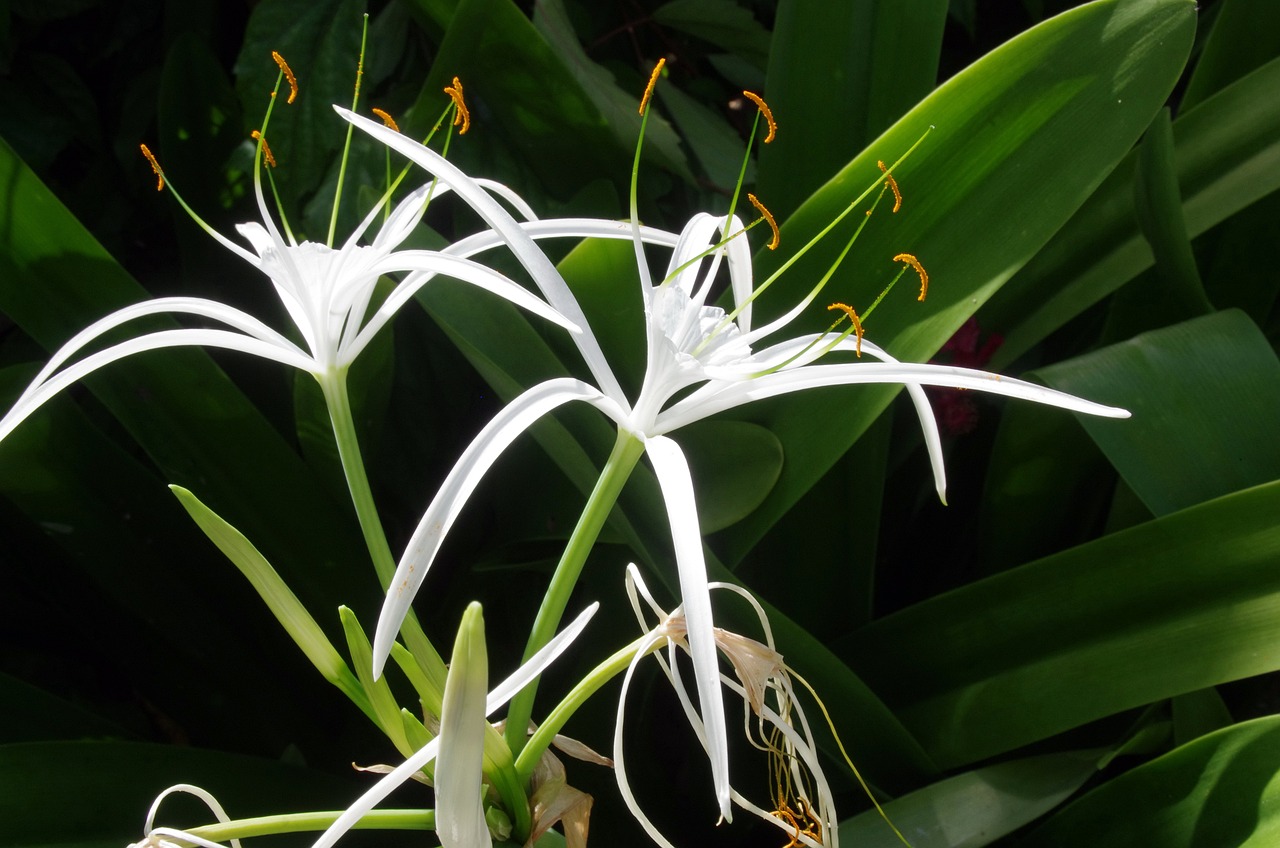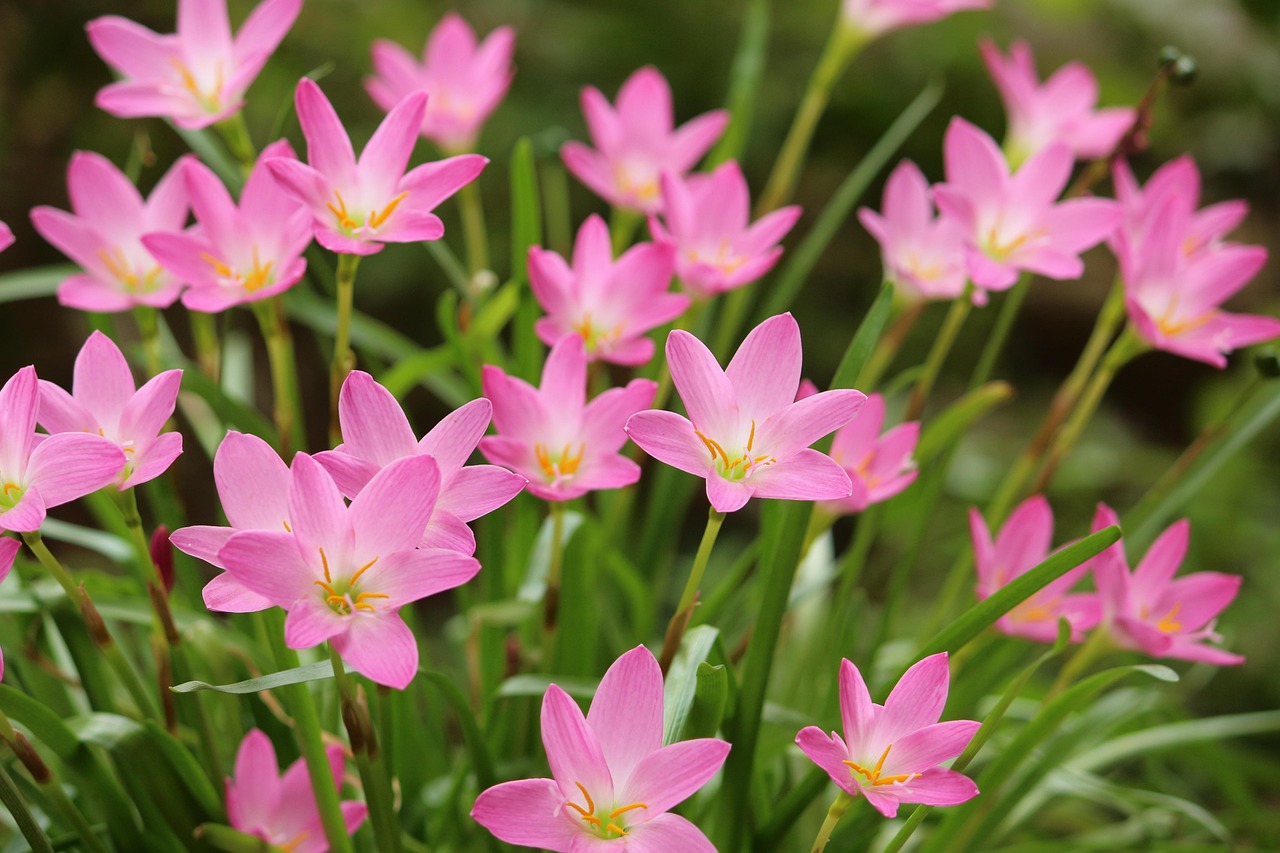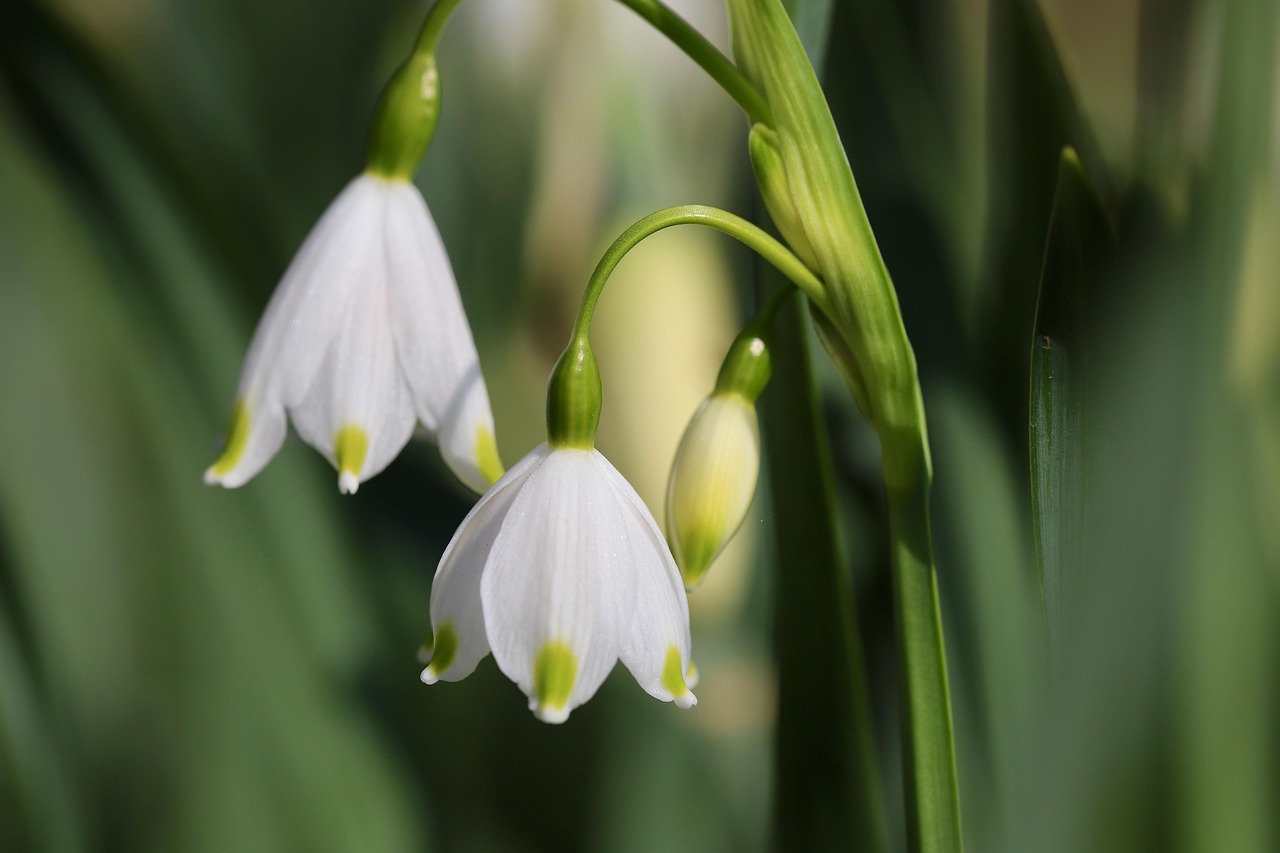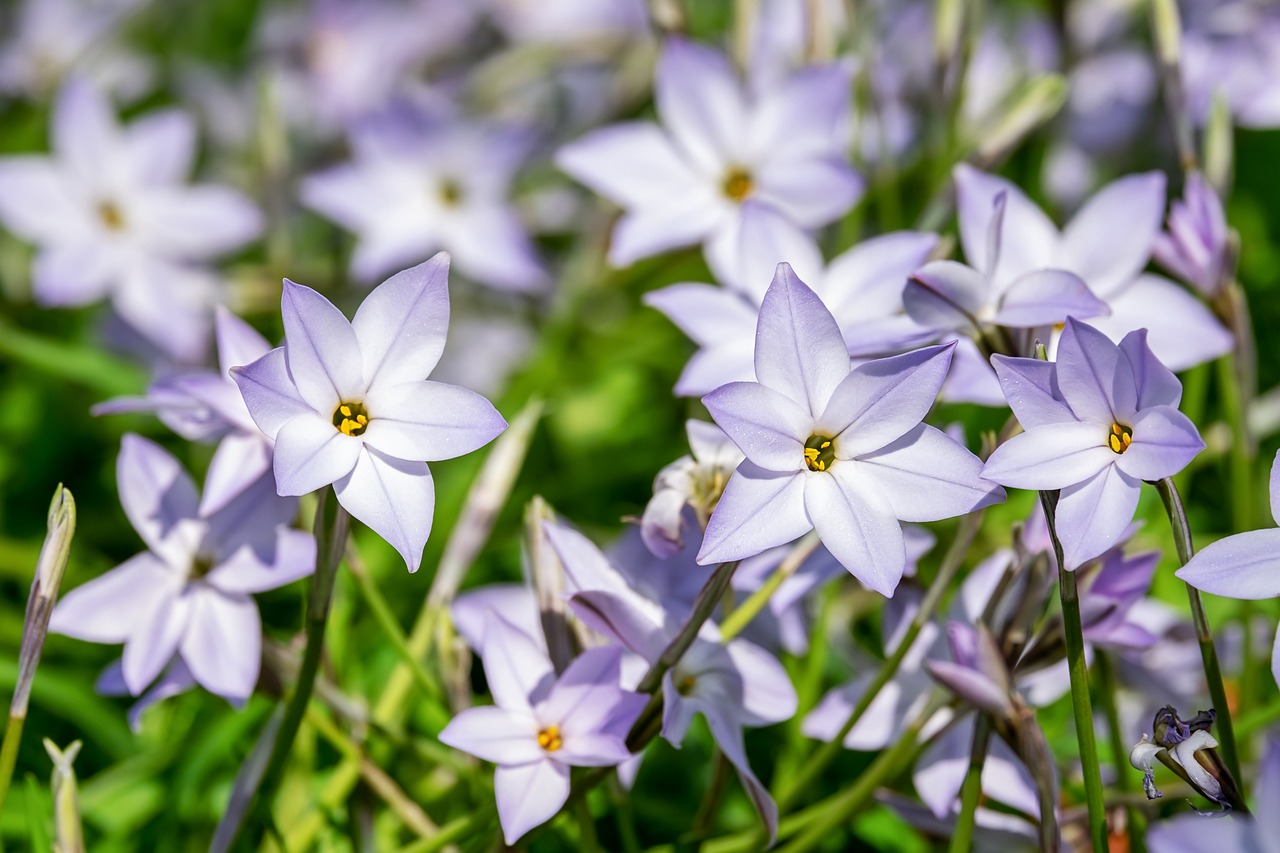Crinum asiaticum | A White Flower of Myth and Ritual Blooming by the Southern Shores
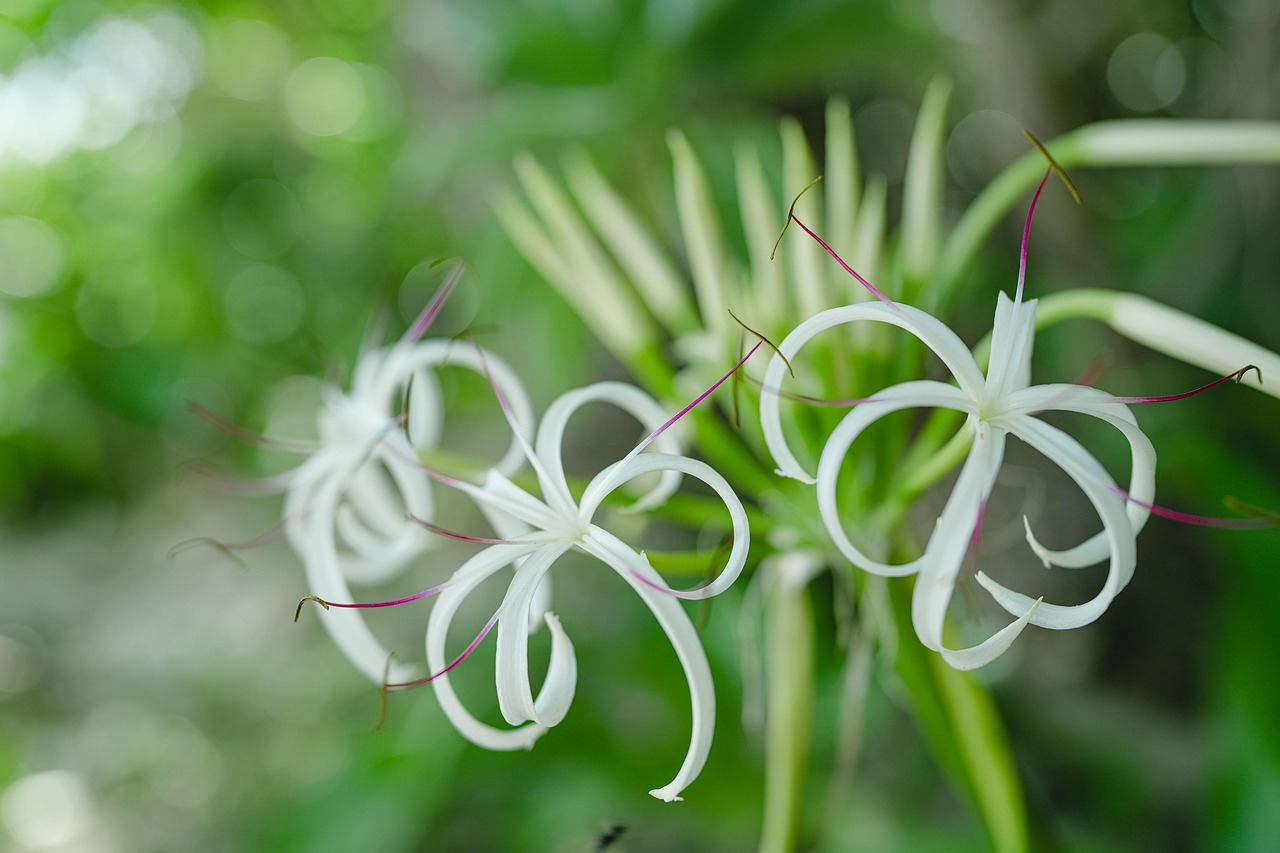
I introduce Crinum asiaticum, a perennial plant widely distributed across the warm coastal regions of Southeast Asia, the Pacific islands, and the Indian subcontinent.
Its glossy long leaves and white summer-blooming flowers are particularly striking. In Japan, it has long been cherished as a garden and landscape plant, especially in Kyushu and Okinawa.
This plant harmonizes with both Western and Japanese-style settings, becoming a part of local landscapes and culture.
In this article, I will explain in detail the basic information, cultural background, historical context, and cultivation tips of Crinum asiaticum.
Basic Information
- Scientific name: Crinum asiaticum
- Family: Amaryllidaceae
- Native regions: Southeast Asia, South Asia, Northern Australia, Pacific islands
- Appearance: The leaves are linear, thick, and may exceed one meter in length. The stems are thick, with large bulbs at the base, sometimes exposed above the soil as they grow. The flowers are white with slender, radiating petals, and their fragrance often intensifies at night.
- Blooming season: Early to late summer (June–August)
Cultural Significance Around the World
The refreshing beauty of this flower has led to its appreciation as a garden plant throughout tropical and subtropical regions.
In India, it has often been planted in palace and temple gardens, symbolizing serenity and harmony.
In Bali and Sri Lanka, it is frequently paired with traditional architecture, contributing to the preservation of aesthetic balance.
In Japan, since the Meiji era, it has been planted in public facilities, schools, and religious grounds, particularly in warm regions such as Kyushu and Okinawa, where it has become part of the local landscape.
On islands such as Kikaijima and Amami Ōshima in Kagoshima Prefecture, it has been adopted as a local symbol, even appearing in school emblems and community museums.
Historical Background
Crinum asiaticum was introduced to Europe in the 17th century through Portuguese and Dutch colonial activities in Southeast Asia.
By the 18th century, it was featured at the Royal Botanic Gardens, Kew, in England, and recorded in horticultural literature as an ornamental tropical plant.
In the 19th century, it reached Japan through increased exchange with the South Seas, with cultivation beginning in Western-style gardens of port towns such as Yokohama and Nagasaki.
The Japanese name Hamayū (literally, “lily of the seashore”) reflects its coastal habitat, although taxonomically it belongs to the Amaryllidaceae family, not the lily family.
It has also been celebrated in waka and haiku poetry, and appeared in literary works, strengthening its ties with Japanese culture.
Gardening Advice
Since Crinum asiaticum grows to a large size, it is best planted in spacious locations. Key cultivation points include:
Sunlight
Prefers full sun and tolerates direct sunlight well. Partial shade is possible, but flowering may be reduced.
Watering
During the growing season (spring–autumn), water thoroughly when the surface soil dries. In summer, avoid drought stress; in winter, reduce watering to prevent excess moisture.
Soil
Requires well-drained soil. A mix of akadama, humus, and pumice is suitable. For in-ground planting, improve drainage with pumice.
Fertilization
Apply slow-release or liquid fertilizer once or twice a month during spring and summer. Reduce after flowering to allow bulb dormancy.
Wintering
In areas below 5°C, grow in pots and overwinter indoors in sunny spots. Protect bulbs from frost.
Repotting and Division
Repot every 2–3 years in spring or autumn. Large clumps can be divided for propagation.
Conclusion
Crinum asiaticum is a coastal perennial widely distributed in Southeast Asia and introduced to Japan in the Meiji era.
With its striking foliage and pure white flowers, it has been planted in diverse settings such as temples, schools, and gardens.
When grown under suitable conditions with consistent care, it will provide both elegance and presence, brightening the summer garden.

